The retail industry is and always will remain competitive. Since there are a number of businesses selling similar products to consumers, each firm needs to go the extra mile to attract and retain customers. Increasing sales for a retail business isn’t an easy task, but it’s doable. The following tips will help you understand how to increase retail sales:
#1. Assess your pricing strategy
In retail, pricing is a major determinant of sales. For almost every business, your pricing will not remain the same throughout the product life cycle since multiple factors come into play. Here’s a number of pricing strategies that you can opt for:
- Penetration

Source: PriceBeam Blog
If you’re new to the retail market, this pricing strategy is the key to your survival. Penetration pricing means that you price your products lower than your competitors; thus providing your customers with an incentive to buy your product over others. This may cause a temporary loss to the firm but in the long run, it will help you achieve a wider customer base.
- Cost-based
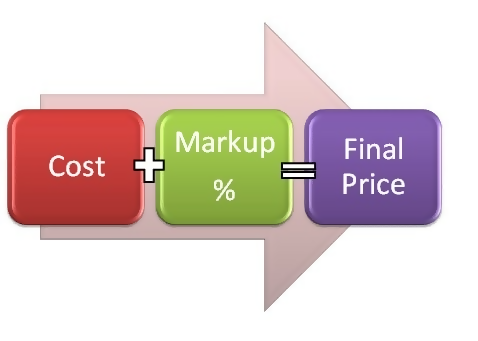
Source: Marketing91
Businesses that value quality often opt for cost-based pricing. While their competitors may be offering cheaper products, customers remain loyal to the brand because of the quality they are being offered. If you’re considering opting for this pricing strategy, make sure you have a loyal customer base, otherwise, new customers may be hesitant to try a more expensive product over others.
- Economy
Economy or ‘no-frill’ pricing strategy is adopted precisely when a company needs to increase profits. This can happen when the economy is in recession or demand for a product is slow e.g. in offseason. In economy pricing, a company takes measures to keep its overhead costs, particularly marketing and promotional costs, low in order to bring down the cost of production per unit, thus increasing profits.
- Psychological

Which price tag do you normally see when you shop? The right one, I’m sure. While the difference between the two numbers is minimal, customers will perceive it as a significant difference. Businesses can take advantage of this and target customers based on emotion instead of rationale. Price your products in the lowest possible digits instead of rounding them off to a whole number so that customers believe that they are buying a cheaper product.
Learn more about the 10 most important pricing strategies in Marketing.
Once you’ve analyzed different pricing strategies, use Google Consumer Surveys. This will help you to help you gain customer insight on what the right price of your product should be. The idea is to provide ‘value for money’. Your customers will only repurchase from you if they feel like the value provided by your product or service was worth the price they paid for it.
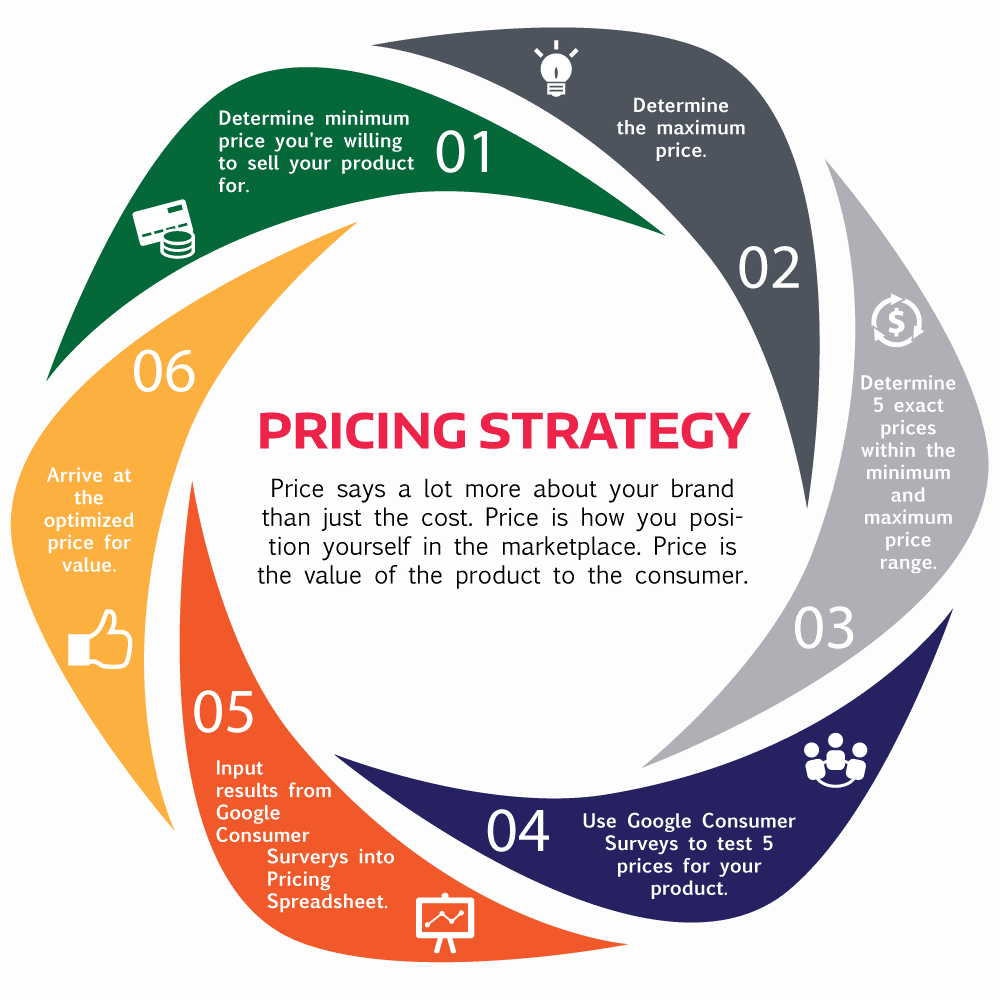
Source: IDR Medical
#2. Provide a personalized experience

Source: Knexus
For a long time, customers had a limited number of options to choose from when purchasing a product or service, which was why power remained in the hands of businesses. However, due to economic development, the gap between consumers and businesses has been bridged.
When the concept of online marketing was introduced, a high influx of businesses entered the market. That is why the retail industry turned around.
Consumers now have multiple options to choose from when buying a product so the power remains within their hands. Thus, your business needs to provide customers with a personalized experience to get them to buy your product over competitor products. Here’s how you can do that:
- Address each customer by their name
Customers will always feel special if you take their name. It’s what separates them from other customers. Whenever you are interacting with a customer, whether it is via social media, email or text, address them with their first or last name (depending upon the formality of the channel of communication and the nature of your business). Suppose you’re sending out a text message advertisement. It would be impossible to manually type in each respondent’s name. SMS platforms like ExpressText have automated features that allow you to send one text that is customized to each recipient.
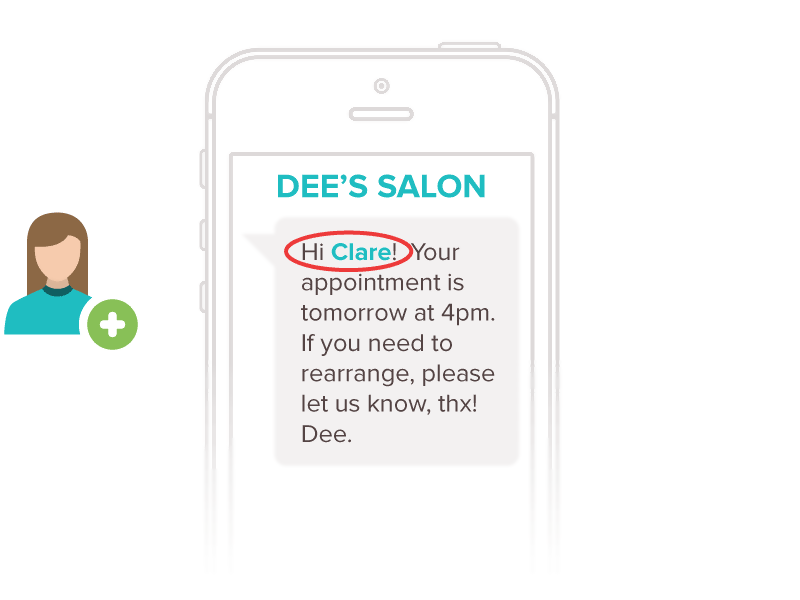
Source: Message Hero
- Provide convenience
Set up an online store, provide delivery service across extended geographical regions and introduce loyalty programs. Any gestures that ease the process of purchasing will make sure customers remain loyal to your brand. Even interacting with customers in shops or online chatrooms to help them make better purchasing decisions is part of creating convenience.
- Create an emotional connection
Smaller businesses can take advantage of this by directly interacting with their customers, as creating an emotional connection becomes much easier.
Suppose a home-based baker sells customized cakes. The entrepreneur builds a relationship with his/her customers by getting to know their interests and likes. On special occasions like birthdays, frequent customers receive free customized cakes themed according to their likes.
This will create an emotional connection that not only ensures a life-long customer, but also a positive word of mouth feedback. According to Nielson, 92% of customers believe what their friends and family tell them. Similarly, negative word of mouth is twice as harmful as positive word of mouth.
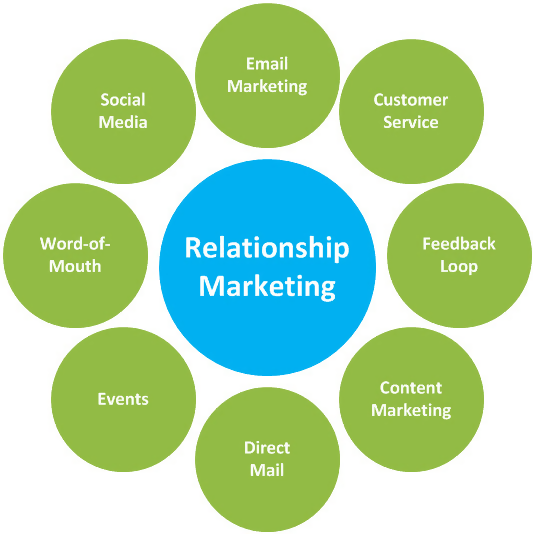
Source: June UX
- Allow for feedback
Just as it is important to give your employees a voice, your customers need to be heard as well. Whether a customer is satisfied or unsatisfied with their purchase experience, their feedback will help strengthen your business. You can mold your services to the likes and dislikes of your loyal clientele; thus, creating a more personalized experience.
#3. Adapt to technology
Without technology, you will not be able to provide convenience, accessibility or smart solutions to your consumers. A lot of established firms that were industry leaders at one point are now struggling to survive, only because they refused to adapt to newer technology. The best example of this is Nokia.
Nokia introduced the best selling phone worldwide in 2003. By 2007, Apple came into existence and slowly wiped out Nokia’s market share because of the high-quality smartphones it delivered. It took only 6 years for Nokia’s market share to decline by 90%! Why? Because they simply weren’t delivering the same, fast-paced technology that competitors were.
This is a lesson for all businesses to adapt to the newest technology in the market constantly, even if it seems alien at first. Here are a few ways you can incorporate technology in a retail business:
- Get rid of counters
You may have noticed a lot of brands are moving away from traditional checkout counters and allowing customers to self-checkout with tablets and kiosks. McDonald’s is a very common example:

Source: Forbes
These kiosks have a number of advantages. Apart from the fact that customers simply like them, it means a shorter number of queues and less employee involvement. Companies rely less on employees thanks to kiosks, and it’s a better use of space as well. It’s a neat process overall.
However, you’ll have to help out your customers adapt to this technology as well. In some countries, it is still a fairly new concept e.g. in Pakistan, McDonald’s is one of the only brands that has introduced kiosks. It only features one kiosk with an employee available to guide customers on how to use it.
Initially, the idea involves extra effort for businesses, but it pays off in the long run.
- Switch to robots
Sounds far fetched? It’s 2019. You’d be surprised at how many businesses have incorporated robots into their business. Some have failed and others have succeeded. One successful example is the Chinese e-commerce giant Alibaba’s Hema store in Shanghai.
The in-store dining experience is powered by robots, while the Hema app controls everything from booking a table, ordering dishes and making payments. Watch a glimpse of the futuristic restaurant:
Source: Econsultancy
- Nike’s speed shop
You can take inspiration from trendy brands like Nike. The footwear company opened a flagship store in NYC called ‘Nike Innovation 000’.
As the name suggests, this store was the epitome of innovation. It had self-checkout, customization studios, and an impressive ‘Speed Shop’. This Speed Shop allowed customers to reserve shoes online, try them in-store and buy them without having to interact with anyone! The best part was, they could open a locker with their shoes in them through their smartphones. And with mobile checkout, they no longer had to wait in queues!

Source: Hypebeast
If you want to increase your company’s market share, this is the level of convenience that you need to aim for when catering to your customers.
#4. Creative advertising
We know that advertising is important. But not everyone can effectively market products to customers. Because of so many businesses in the same market, customers face what marketers call ‘advertising overload’. When consumers are exposed to an excess of advertisements, they begin to lose interest. They will not have the capacity to take in so much information at the same time so they drown out the noise. That is where creative advertising comes into the picture.
To break through the clutter of advertisements and make your ad stand out, you need to adopt creative advertising. Think out of the box. Use unconventional methods to market your product, like Nestle:
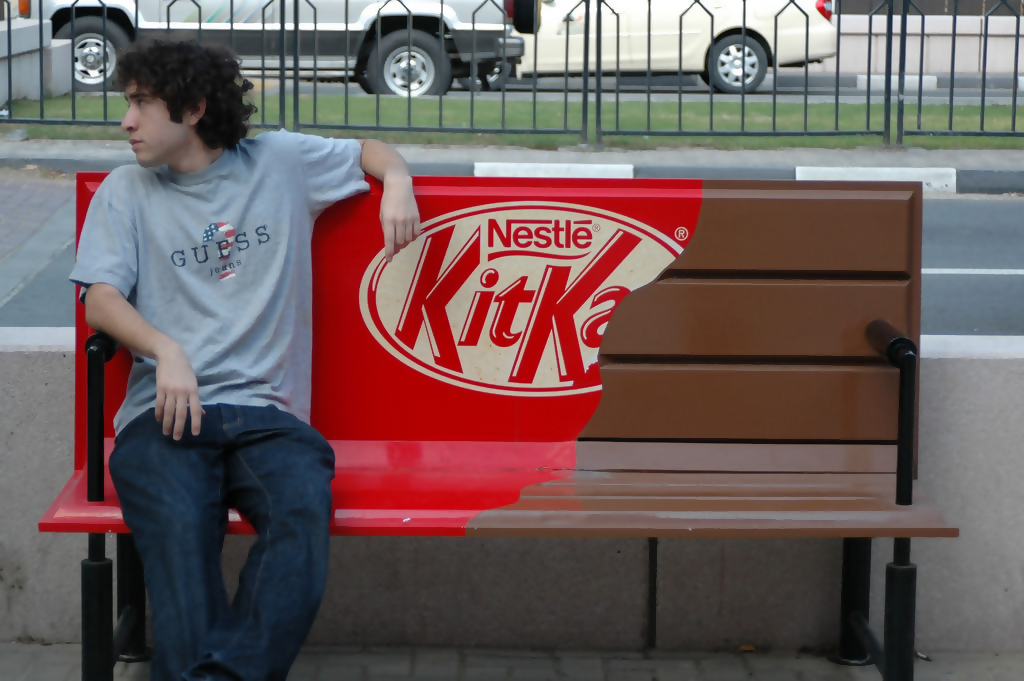
Source: Creative Guerilla Marketing
This bench looks good enough to eat. It’s not somewhere you’re likely to see an advertisement so it will definitely catch a consumer’s eye, unlike billboards that they see every day. The goal is to create a lasting impression on a consumer’s mind.
#5. Provide an exceptional customer experience
In retail, good customer service can make all the difference. Some businesses don’t realize that customer experience extends beyond the purchase process.
- Customer service
If a customer is unsatisfied with a purchase, there are two consequences. Either they leave a bad review and thus, other consumers hesitate to try your brand. The second consequence can be damage control. Your business gets a complaint or sees a bad review and compensates for the customer’s loss. You can accept a return for the product or offer a discount. This way, customers will appreciate your brand much more.
- Passionate employees

Source: HubSpot Blog
If your employees are working with you only for the money, it’s likely that they aren’t happy. How does this affect your business? A sour, dull employee will have a negative impact on a customer. To add to that, someone who is not passionate about what they do will not be able to sell the product easily.
Let’s take the clothing industry as an example. Someone with a fashion sense will be better suited to guide customers on what to buy and what not to buy. That is why you need to hire employees that are passionate about their job.
Conclusion
Despite the fierce competition in the retail industry, there are numerous ways through which you can stay ahead of competitors. Even if you have a small business with limited funds, effective tips like these can help make a significant difference. For more tips on how to increase sales in retail, read how to sell a product.
